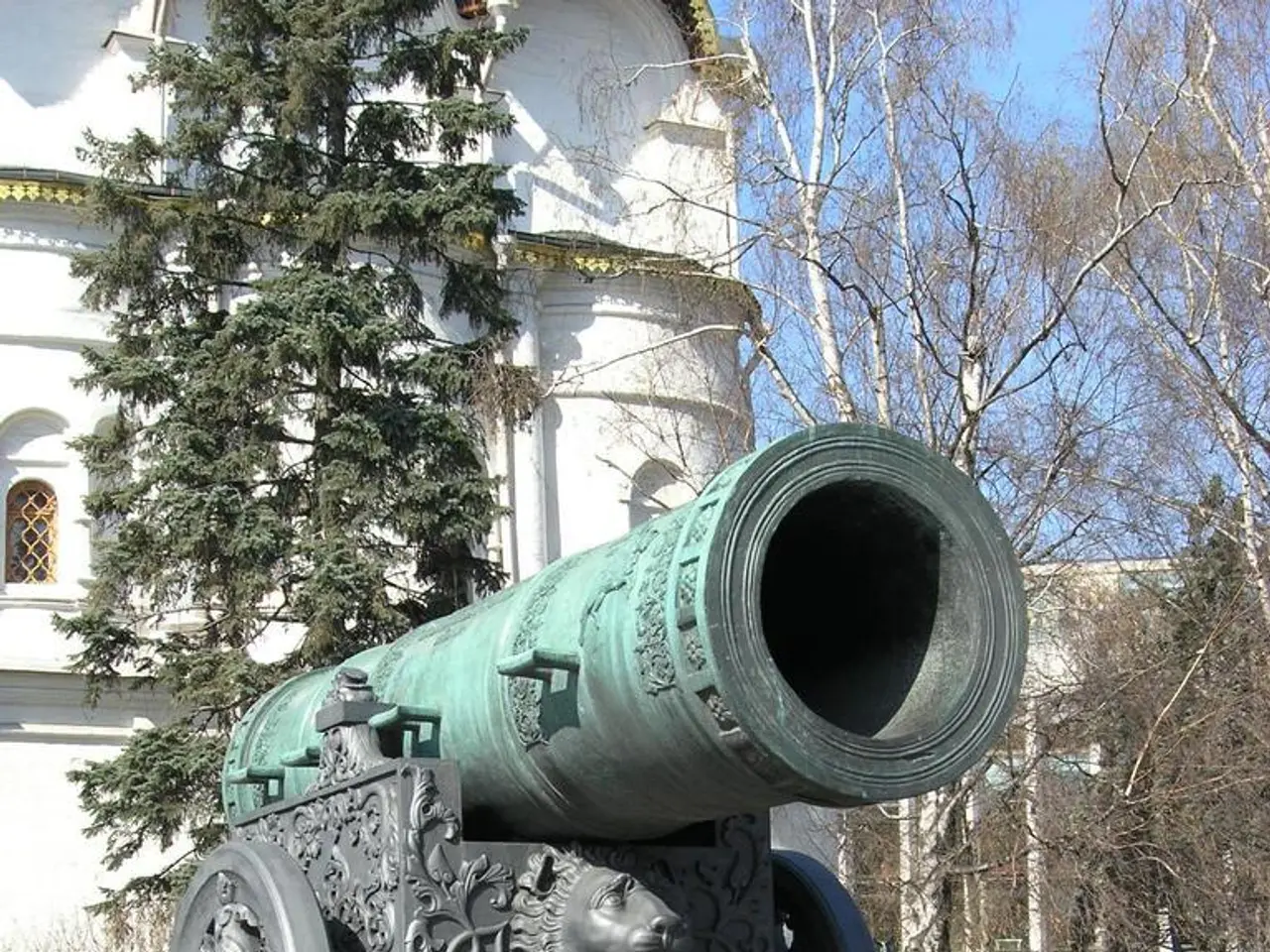The Unexplored Path of a Camel-Mounted U.S. Army: An Unfulfilled Military Endeavor
In the mid-19th century, an intriguing military experiment took place in the United States - the Camel Corps. This initiative, spearheaded by Secretary of War Jefferson Davis in 1855, aimed to utilise camels as pack animals in the arid and desert regions of the American Southwest.
The U.S. Army imported camels from the Middle East and North Africa, choosing them for their strength and adaptability. Upon arrival, the camels quickly proved their worth, demonstrating superior endurance and the ability to carry heavy loads over long distances in desert terrain.
Throughout the 1850s and 1860s, the camels were tested in various expeditions, notably in Texas and the southwestern territories. However, the experiment faced several challenges. U.S. Army personnel were unfamiliar with camels, which required different care and handling than horses or mules. Logistical problems arose due to the animals’ unique needs, such as diet and acclimation.
Resistance and institutional inertia also played a role in the project’s acceptance. The Army's traditional reliance on horses and mules, combined with cultural resistance, limited the program's acceptance. Operational incompatibility was another issue, as camels did not easily fit into the cavalry and transport systems and methods already established.
Despite these challenges, the camels' resistance to water deprivation and harsh conditions was noted as advantageous. The concept highlighted the importance of matching animal adaptations to environmental demands.
However, post-Civil War, the experiment was discontinued as the Army found difficulties in integrating camels and their handlers into its existing operations. Some camels survived and were later sold or abandoned, roaming the deserts of the southwest.
Notably, eight camels from the Corps ended up in the Barnum circus touring the Midwest around 1867-1871, showcasing the transition of camels from military to entertainment use.
The legacy of the Camel Corps lies in its role as an early experiment in adapting military logistics to new environments and species. The camels' ability to thrive in harsh desert environments highlights the potential for utilizing species uniquely suited to specific climates.
Naval officer and explorer Edward Fitzgerald Beale played a crucial role in the Camel Corps experiment, advocating for the camels' potential in American transportation. Beale's journey to establish a wagon road from Fort Defiance in New Mexico to the Colorado River was aided by camels.
The Camel Corps experiment offers valuable scientific insights into animal adaptation and military logistics. The experiment's enduring allure invites us to ponder what might have been if the camels had become a staple of the U.S. military. The story continues to captivate historians, scientists, and enthusiasts, serving as a reminder of America’s willingness to explore unconventional solutions and push the boundaries of possibility.
The evolution of transportation in the 19th century United States could have been significantly different if the Camel Corps had persisted beyond the Civil War. The camels, with their impressive endurance and load-carrying capacity, could have become a staple in desert terrain, transforming the industry and finance sectors that relied on reliable transportation in arid regions. This experiment, initiated by Secretary of War Jefferson Davis, also showcased the potential for tailoring military logistics to new environments and species, with naval officer and explorer Edward Fitzgerald Beale playing a critical role in advocating for the camels' potential.




